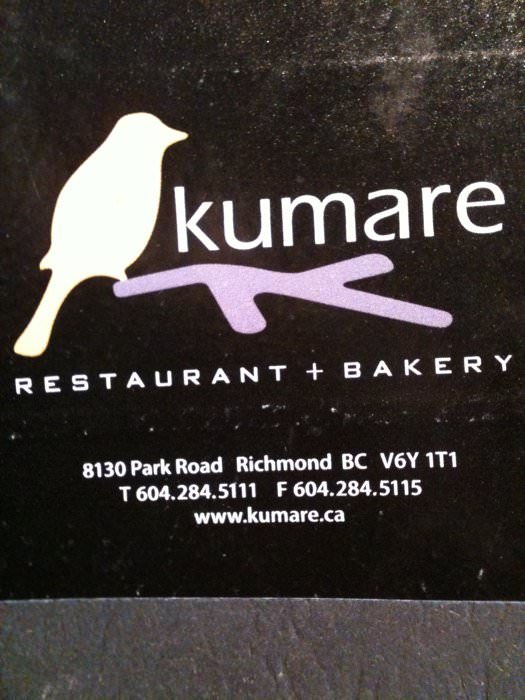The food at Kumare is Filipino and Thai. What Filipino food is can be debated endlessly depending on which region of the Philippines one comes from.
Our national dish, the adobo, can either be dry or saucy. Here at Kumare, we serve both adobo flakes (dry) and adobo tostado (saucy) to give you the experience of both dishes.
Pancit (noodles), would taste as differently as the many regions or towns you visit; in the far north, like Isabela, they make their own salted brown noodles with mostly sautéed seafood as ingredients. South of Manila, in Bicol, the noodles would be simmered in coconut milk. In Manila, the cosmopolitan capital, one would find not only various Chinese versions, although predominantly Cantonese, but also chow mein (which the Chinese improvised with sautéed ingredients to please Spanish taste) —it’s how we Filipinos generally cook.
Chicken is boiled in as many ways as the 12 regions. In the north, it’s done with ginger, green papaya and pepper leaves; among the Tagalas, with sayote not papaya; going south, it’s with fresh coconut meat or young tamarind leaves and further south in the Visayas, with fresh coconut meat and the pith of banana trunk.
Filipinos generally love sinigang (either fish or meat). We use a variety of vegetables (traditionally what is seasonally available). The most common ingredients are water cabbage, radish, okra, tomatoes, onions, and eggplant.
Desserts are often served in feasts and depend on the region where it is prepared. The simple rice cakes are common, as well as all the egg-based Spanish pastries and desserts.
Visited 1029 times, 2 Visits today

